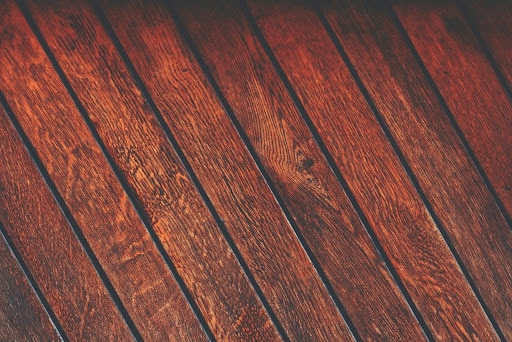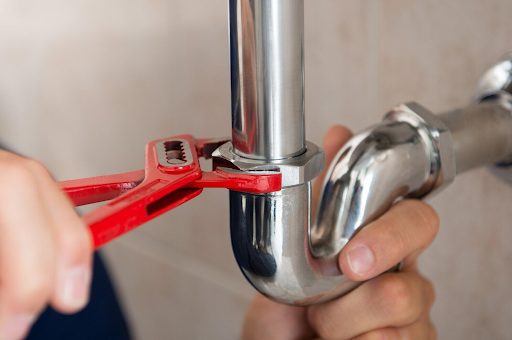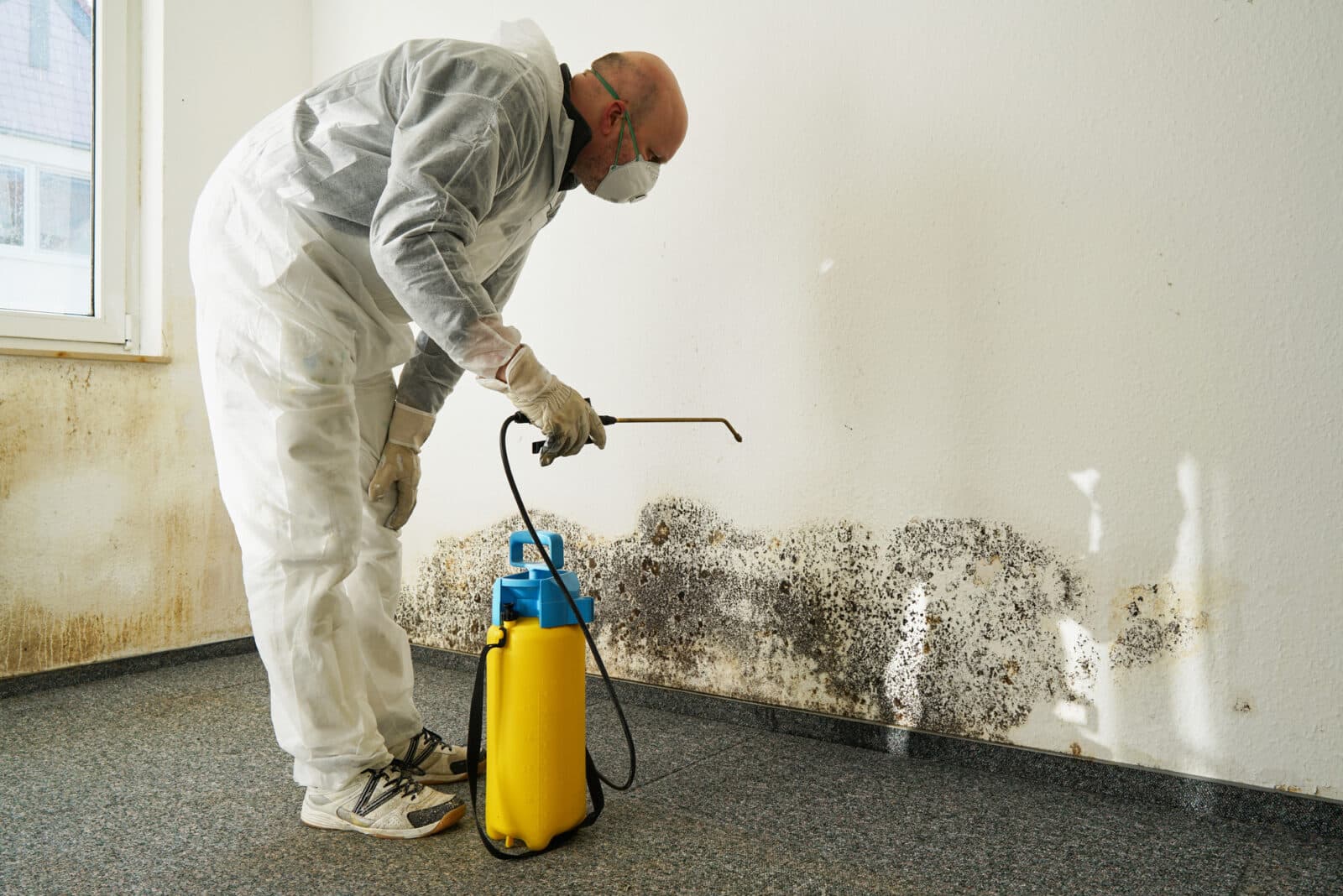One of the most beautiful types of flooring a building can have is timber flooring. With so many varieties of timber, stain, and pattern to choose from, most timber floors provide a unique aesthetic quality to a space.
The difficulty, however, is that they do require some maintenance beyond the simple vacuuming that people might treat a carpet with, otherwise they can get exceedingly dirty, or even damaged. However, by following the advice in this article you can ensure that your timber floors look just as beautiful as the day they were installed.
Table of Contents
Daily and Weekly Cleaning Tips
The first tip is fairly self explanatory, but even this basic step has its own considerations when used on timber floors.
The first step in cleaning timber flooring should always be a sweep followed by a vacuum. When sweeping make sure you’re using a soft-bristled broom in order to minimize scratches, and when vacuuming make sure that it’s on its hard floor setting and that its rollers or brushes are free from dirt and grit that might scratch your floor.
When it comes to mopping your timber floors, you want to use a microfibre cloth. These cloths are great dusting and gentle cleaning owing to their extremely small and soft fibres that catch tiny particles.
Some neurodiverse people may struggle handling microfibre however, in which case you can either wear a glove, or just use the softest possible cloth you can find.
It’s important when cleaning your timber flooring that you don’t use excessive amounts of water or particularly harsh chemicals. Too much water can seep into your flooring and cause water damage, and in fact damp mopping on timber floors should only be done occasionally, with the weekly clean utilising a dry mop. Also some chemicals can damage or even strip the varnish off timber flooring.

Protecting Against Damage
Of course, as they say, prevention is better than cure. It is infinitely easier to prevent damage being done to your timber floors than it is to repair it. Therefore the following tips should help you mitigate damage to your lovely timber flooring.
The first is to use mats, rugs, and floor runners wherever people walk frequently. This includes exterior and interior welcome mats for people to wipe their shoes off (or take off their shoes) before stepping onto the floor. This ensures that no dirt or grit tracked in from outside will damage your floors, and the mats and rugs mitigate the impact of consistent footfalls in high traffic areas.
As for furniture, if your tables, couches and other furnishings are on legs, it’s a good idea to add felt pads to the feet of your decor. This will ensure that if you need to move your furniture you can do so without scratching the floor, and again, it mitigates the impact of frequent pressure on the timber.
Dealing with Spills and Stains
Spills and stains are an inevitability. One day someone will spill or drop something and depending on what it is and how well lacquered your floors are, that thing will stain.
When this happens, address it as fast as possible. Water and most sauces should be okay to simply mop up with a dry mop, then use cleaning sprays to handle any odours. If, for one reason or another, a stain has been left it may require professional assistance, depending on the type of stain and how much it has set into the floor.

Seasonal and Annual Maintenance
The thing about timber floors is they do take a bit of attention. Unlike carpet, which hides most damage well and requires only the occasional vacuum and an even less frequent shampooing, timber needs to be treated gently, as it responds to physical and environmental pressure and impact.
Make sure that as the seasons change you look for signs of warping or distress. Check for signs that the varnish is being stripped or damaged, and if you see any areas of significant impairment, seek professional assistence.
Environmental Factors
Something anyone with timber floors needs to be aware of is that timber reacts to the environment. The humidity and heat temperature of your house can wreak devastation on your floorboards, with potentially dangerous results if the damage is particularly catastrophic.
Be sure that you manage the humidity in your room, making use of a humidity sensor and regulating the use of appliances like air conditioners and heaters.
Additionally, to prevent the stain and tone of your timber flooring from fading, ensure that exposure to intense, direct sunlight is avoided where possible.
Common Mistakes to Avoid
Finally, we come to some common mistakes that people make on timber floors. A few years ago steam mops gained popularity due to their sterilising capabilities and ease of use, and while a damp, hot mop is a good choice for cleaning your timber floors, steam mops tend to be more damaging than might be immediately obvious.
This is for the same reason that people eat food in small bites. Too much all at once and you end up choking. The concentration of heat and moisture applied directly to timber flooring and strip varnish, inject excess moisture into the wood, and the heat can cause it to warp.
Which brings us to an earlier point, remember when moisture gets into wood, it rots. And although timber floors are varnished and sealed, physical damage and prolonged water exposure can strip that varnish and overwhelm the seal. Be sure to not over-wet the surface of your timber floors, letting water seep in and cause damage or rot.
Also, don’t make the mistake of ignoring small scratches. Small scratches represent a weakness in the infrastructure of your flooring, a weakness that can be devastating with the right amount of moisture, or if the same spot gets damaged again. If you notice a scratch in your floor, cover it as best you can with a rug towel, and get a professional to repair the damage.





